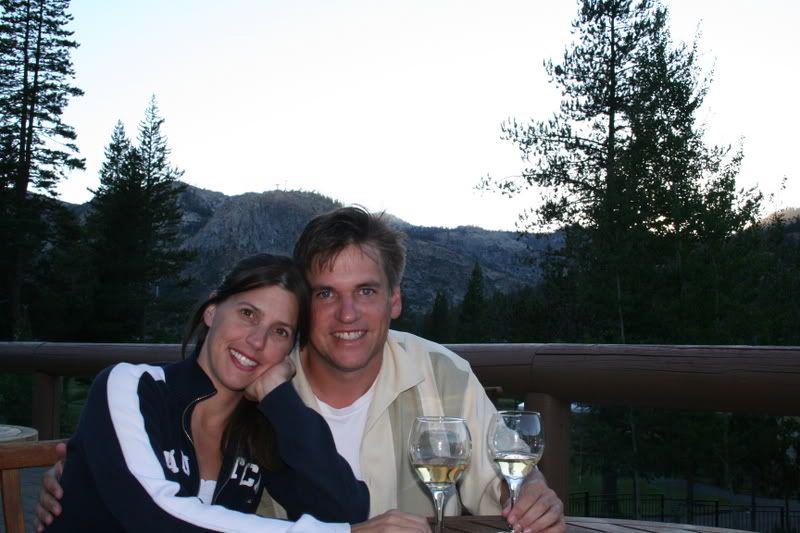Per my post below regarding preparing the ultimate martini, I thought I would add a few things. I attempted the recipe using Bombay Saphire Gin. Neither my wife or I could drink it. She has liked vodka martinis in the past, so I went to Beverages and More to buy Belvedere Vodka. They had a gift box containing a 750ml bottle and one reidel martini glass for $30. I did not buy it. Instead, I went to Costco, where they have a gift box with a 1.75 ml bottle of Belvedere Vodka and two reidel martini glasses for $40. Thus for ten dollars more you get an extra liter and an extra glass.
I also want to point out that Forbes magazine recently reviewed an updated version of “The Savoy Cocktail Book,” written by Harry Craddock, one of the most famous bartenders of all time (sorry Johnny Love) that features a variety of martini recipes. You can read the entire article here. Here are a few of the recipes:
Dry Martini Cocktail:
1/2 French Vermouth
1/2 Gin
1 Dash Orange Bitters
Shake well and strain into cocktail glass
Winston Churchill preferred this version:
Martini (Dry) Cocktail:
1/3 French Vermouth
2/3 Dry Gin
Shake well and strain into a cocktail glass
The article also mentions Craddock's “White Lady,” one of the most popular drinks of the Jazz Age:
White Lady Cocktail:
1/4 Lemon Juice
1/4 Cointreau
1/2 Dry Gin
Shake well and strain into cocktail glass.
Coincidentally, Eric Felten, who writes the “How’s Your Drink” column in the Wall Street Journal just had an article on the White Lady. As of today, the article can be accessed here, but I believe Murdock has not yet made the online content free as promised. Interesting quotes:
"All women like White Ladies," wrote romance novelist Maysie Greig in her 1938 "Men as Her Stepping-Stones." Explaining the cocktail's appeal to distaff drinkers, she said that "they appear mild, but they're potent." And she suggested that this was an aesthetic tendency with wide application for women: "She wants a thing to appear mild, but it must have a definite kick to it."
…
But the White Lady -- and the whole Bright Young Things aesthetic of London between the wars -- aged poorly. By the mid-1960s, Punch magazine looked back at those days with bemusement: "Can anyone remember the terrible taste of gin-and-cointreau? Or whether it was a Sidecar or a White Lady? Or how excited the papers got when Bertie the Barman shook up something new and fancy-named?" Then the magazine shifted from bemusement to disdain: "Is there anything more naïve than yesterday's sophistication?"
…
There are problems with the drink. The name doesn't exactly invite men to share an enthusiasm for the cocktail, even though it's no girly-drink. And there's the potential that the moniker might be perceived as having racial overtones, though it comes from the British phrase for a female ghost. But perhaps the most significant difficulty is that Punch magazine had a point about the taste of gin-and-Cointreau. The White Lady may have been a natural variation on the Sidecar theme, but gin doesn't blend as harmoniously as brandy with Cointreau and lemon juice. Even so, there isn't anything wrong with the White Lady that a little tweaking can't fix.
I like what can happen when white rum and gin are put together, and so I added some rum to the White Lady. It was better, but still not good enough. After a few hours of kitchen-sink chemistry experiments, I found that the addition of a little bit of simple syrup and orange bitters did the trick. It turns out that the Menlo Club (a 1940s San Francisco poker palace) had a house cocktail of striking similarity to our revised White Lady. I suggest we adopt the Menlo Club Cocktail as the worthy successor to Craddock's original.

No comments:
Post a Comment